Fresh herbal tea can have a fantastic impact on your health and well-being. Fresh herbs can be brewed into an uplifting hot or cold tea. An all-rounder fresh herbal tea recipe included below.
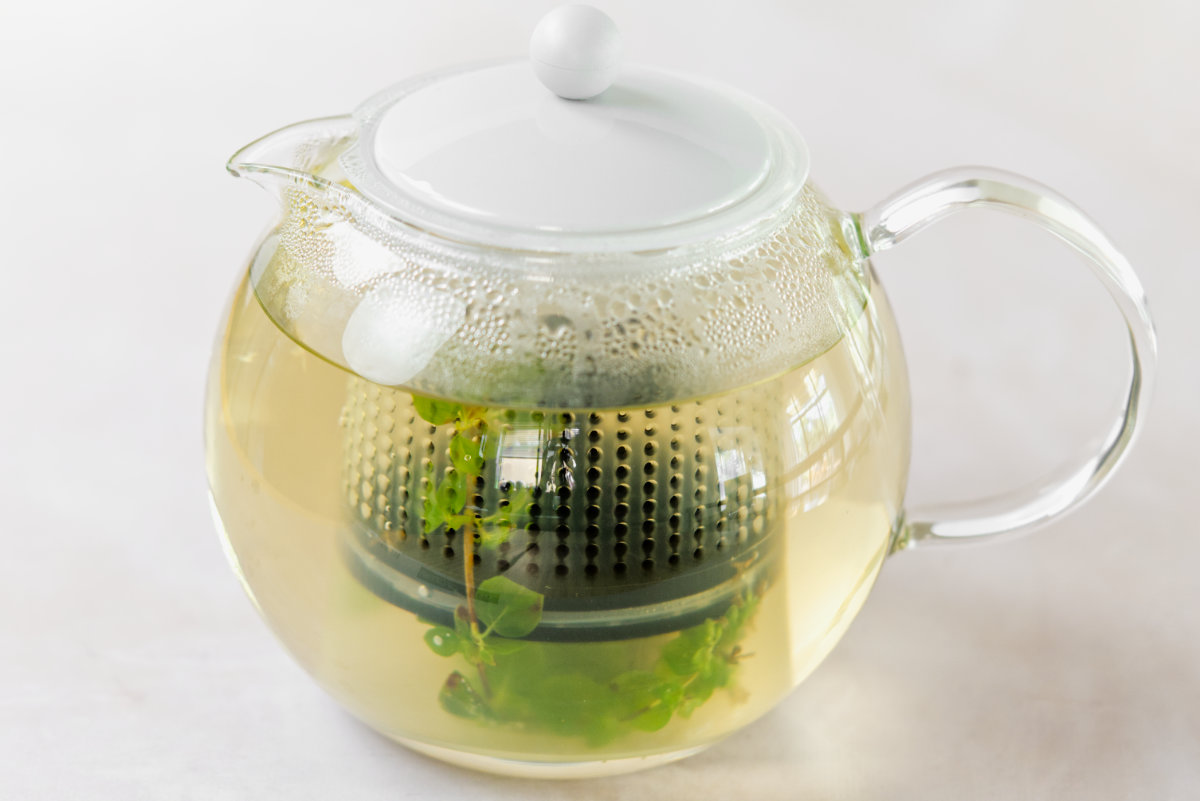
There’s a beautiful and uplifting connection between humans and nature.
Ecopsychology studies prove this.
So it makes a lot of sense to enjoy a cup of invigorating herbal tea.
Fresh herbal tea is a big part of my life, and I am inspired even more so to keep drinking it since undertaking the 369 Cleanse. I wanted to share some simple fresh herbs with you that I enjoy.
I enlisted the help of Natasha, a Naturopath, to help outline the benefits of the below list.
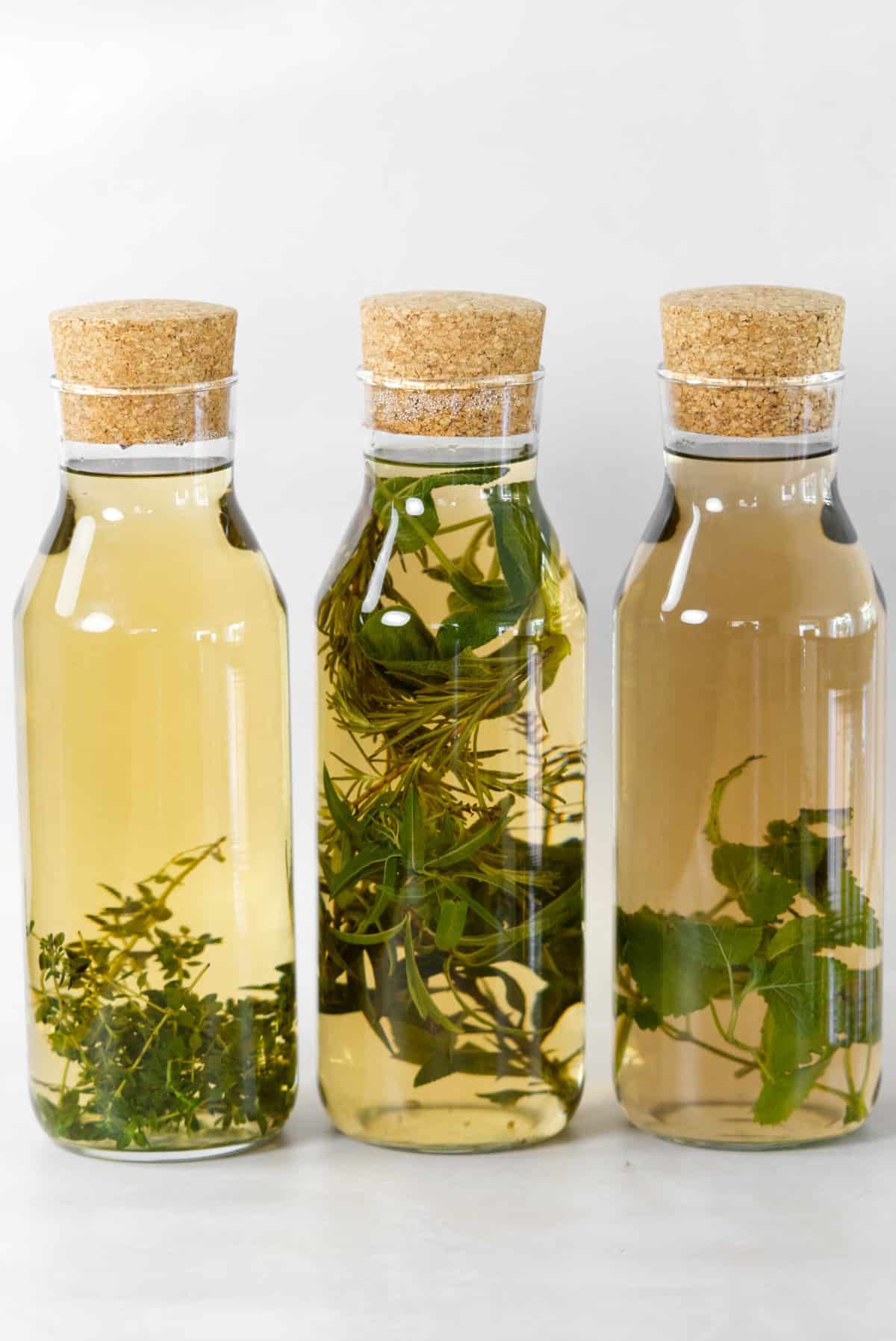
What Are Herbal Teas?
Herbal tea also goes by the name of ‘tisane’ and can be made from the flower, seeds, leaves, stems, and or roots of a wide-ranging selection of plants.
Tisanes (herbal teas) can be used for various medicinal purposes such as relaxation, aid with stomach/digestion issues, and strengthening the immune system.
There is no one best herb for tea, as each is used for different reasons and has different flavouring.
However, you may find a favorite within this list of herbs for tea I personally love to use.
Consuming medicinal herbs in tea form can be a delicious way of supporting your health naturally. Depending on your current health concern, you can quickly and easily brew your very own personalised medicine.
List of Fresh Herbs for Tea
Below is a list of 12 fresh herbs for your consideration.
Lemon Balm
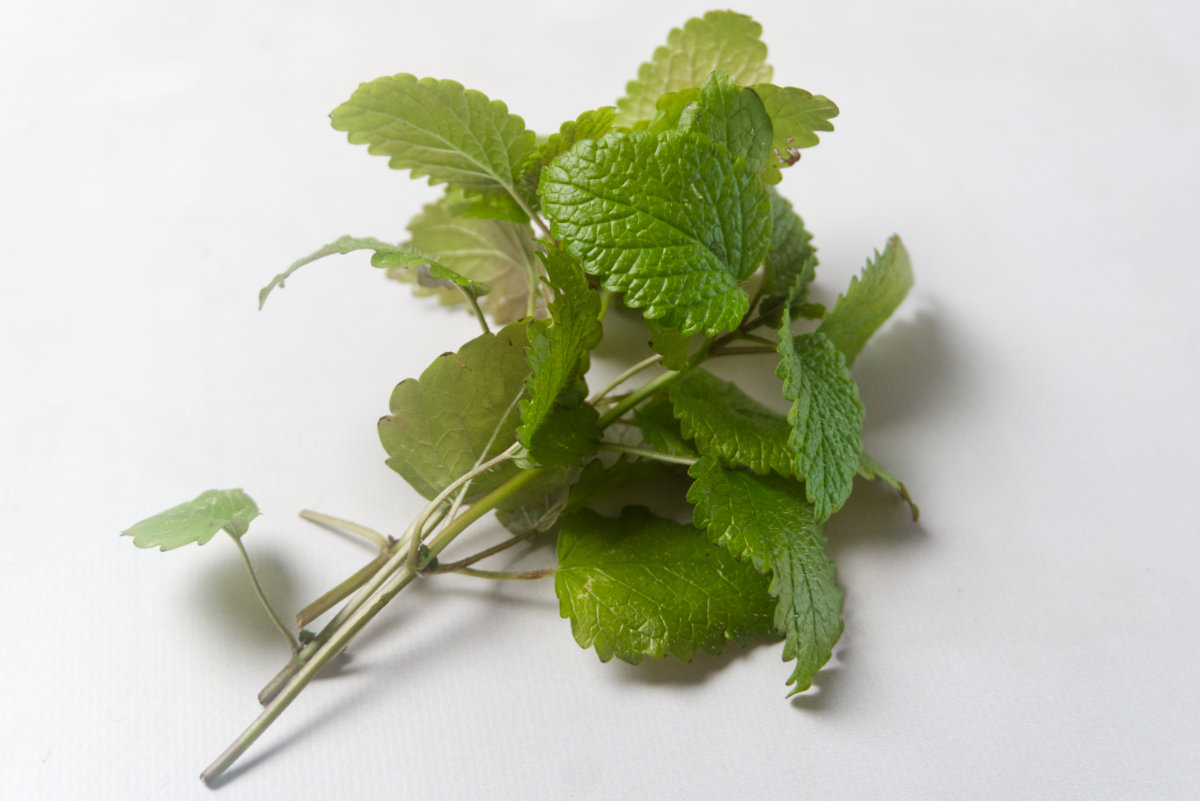
A simple, effective, and pleasant tasting lemon balm tea is a calming beverage that promotes a restful night’s sleep.
Lemon balm is actually a variety of mint (and it looks very similar) but with a lovely gentle lemon flavour and aroma.
The phytochemicals contained within the leaves act on lowering stress hormones such as Adrenalin that are released when we are feeling anxious - helping us to feel calmer.
Lemon balm is also purported to have sedative properties and hence makes a wonderful evening beverage.
Some of the other benefits of Lemon balm are its antioxidant, anti-bacterial and anti-viral properties.
Place lemon balm tea/water in the sun to absorb vitamin D.
A couple of sprigs per person in a teapot add boiling filtered water and allow it to steep for a few minutes before serving.
Mint
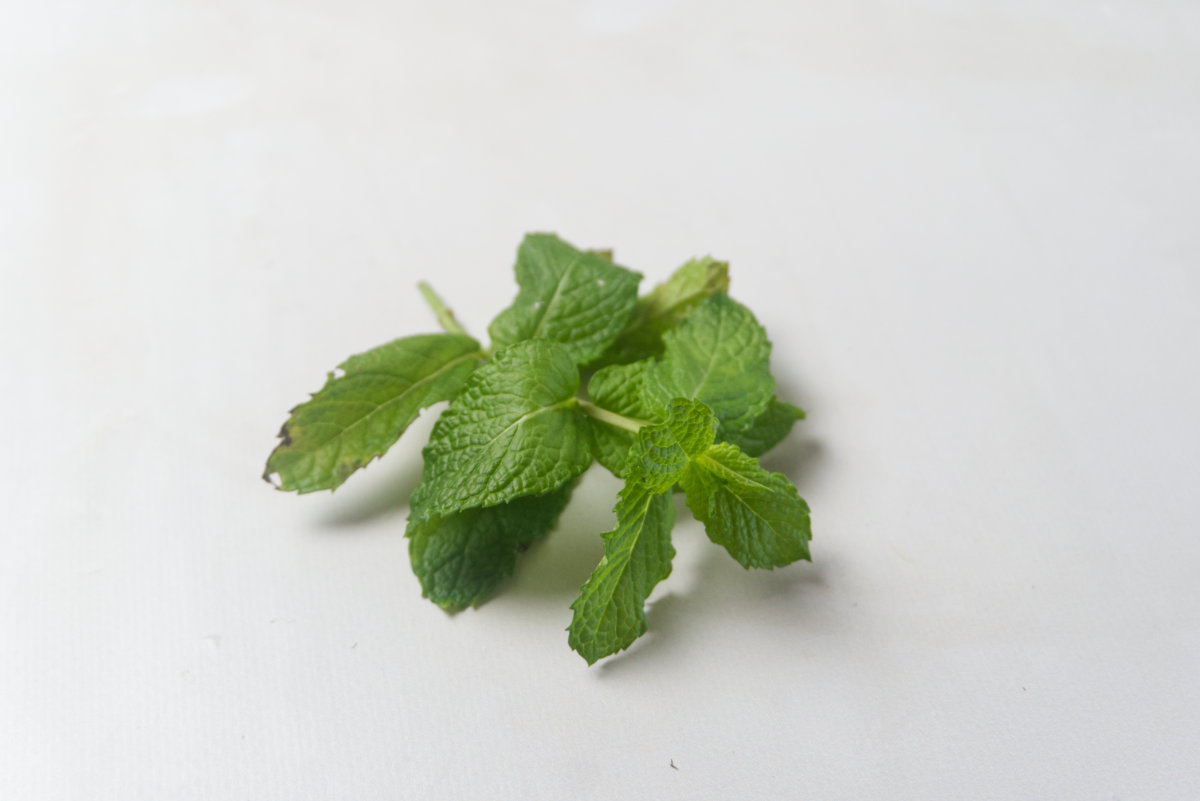
One of the most popular herbs in the mint family would have to be Peppermint which boasts a sweet, cool, and refreshing flavour.
Mint is not only packed with vitamins, minerals and antioxidants, it also contains the organic compound menthol (which is what gives mint its’ distinctive aroma) and acts as a carminative/antispasmodic, meaning it is wonderful for settling an upset stomach for example.
Great for iced tea or flavoured water (as the flavouring infuses quickly).
Enjoy mint hot or cold. You can use as many leaves as your tastebuds desire.
Tarragon
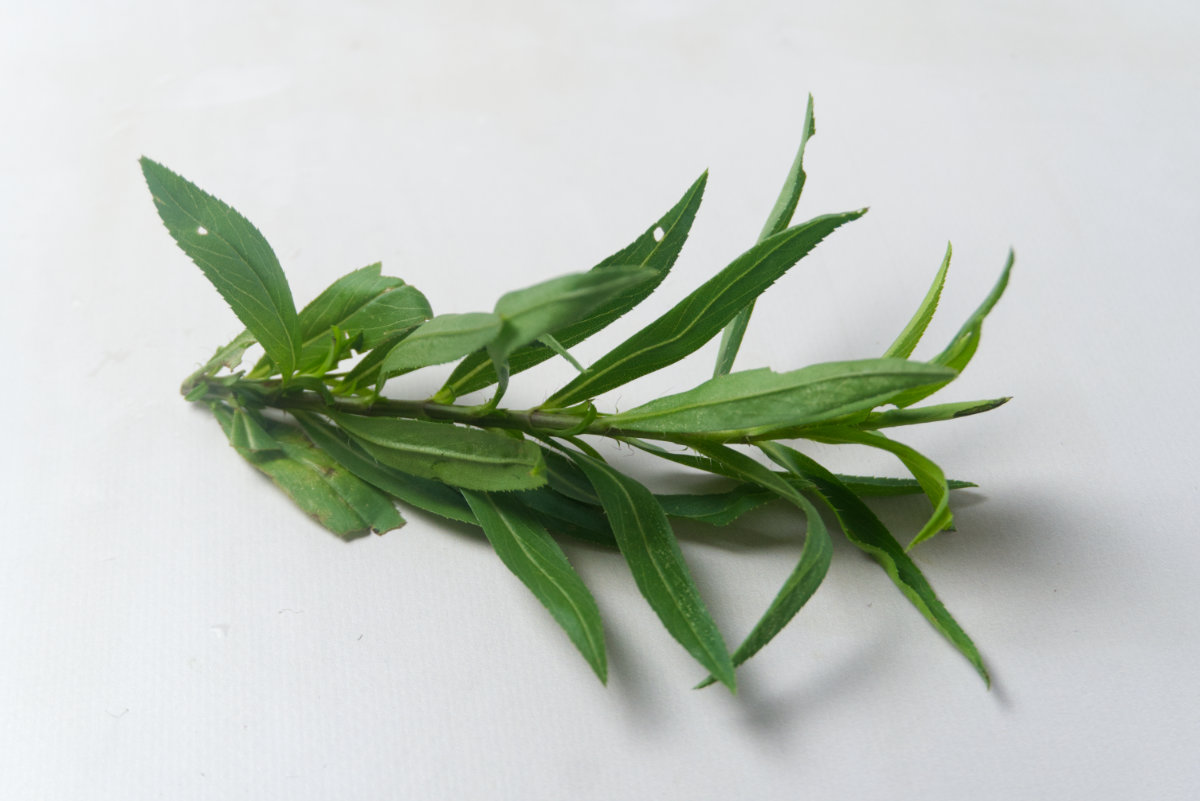
Traditional culinary herbs you may already have in your kitchen can be used for more than just seasoning your food!
Herbs such as potassium-rich Tarragon tastes like licorice due to its essential oil compounds.
Tarragon also contains flavonoids and other poly-phenolic compounds that may help with mild pain, indigestion, and nausea.
Tarragon is also purported to lower blood sugar levels.
Use one sprig per cup of Tarragon tea.
Thyme
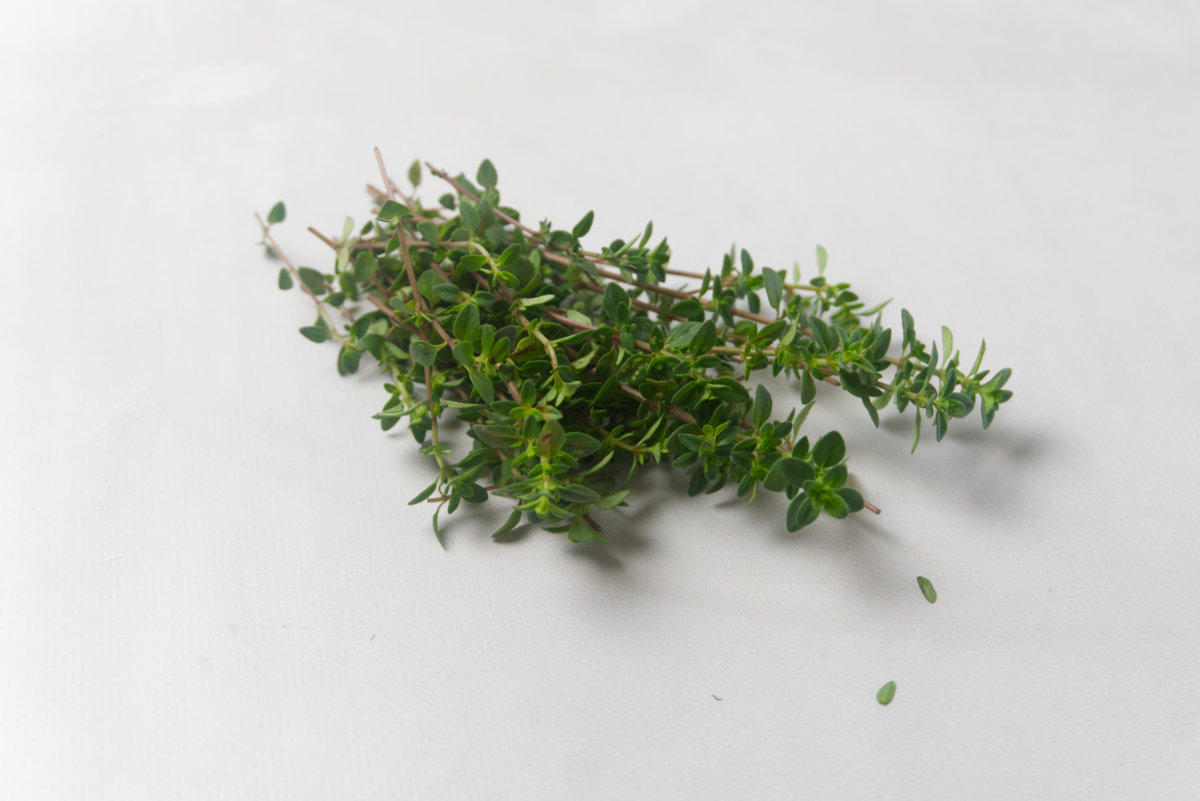
Thyme is a close relative of the Oregano family and is a small-leafed herb that contains high levels of the essential oil called thymol.
Compounds such as thymol have substantial antiseptic and antiviral properties.
If you feel a sore throat coming on, just half a small handful of the herb is all you need per cup to make a soothing Thyme tea.
Lemon Verbena
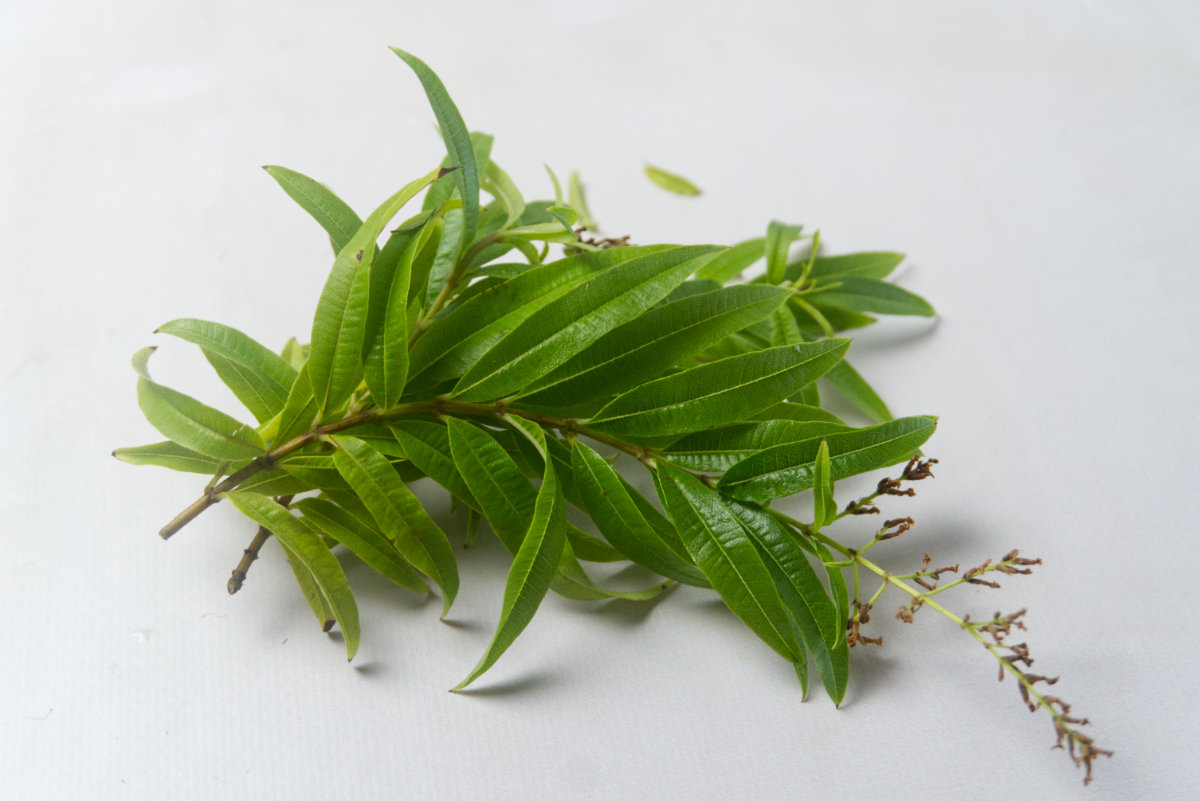
Another fragrant, lemon flavoured herb is antioxidant rich Lemon verbena which will help your body to fight free radicals – the main cause of cellular ageing.
Lemon verbena can also be drunk when you are feeling a little under the weather due to its antiseptic and expectorant properties.
A sprig with a few leaves is great in a teapot.
Basil
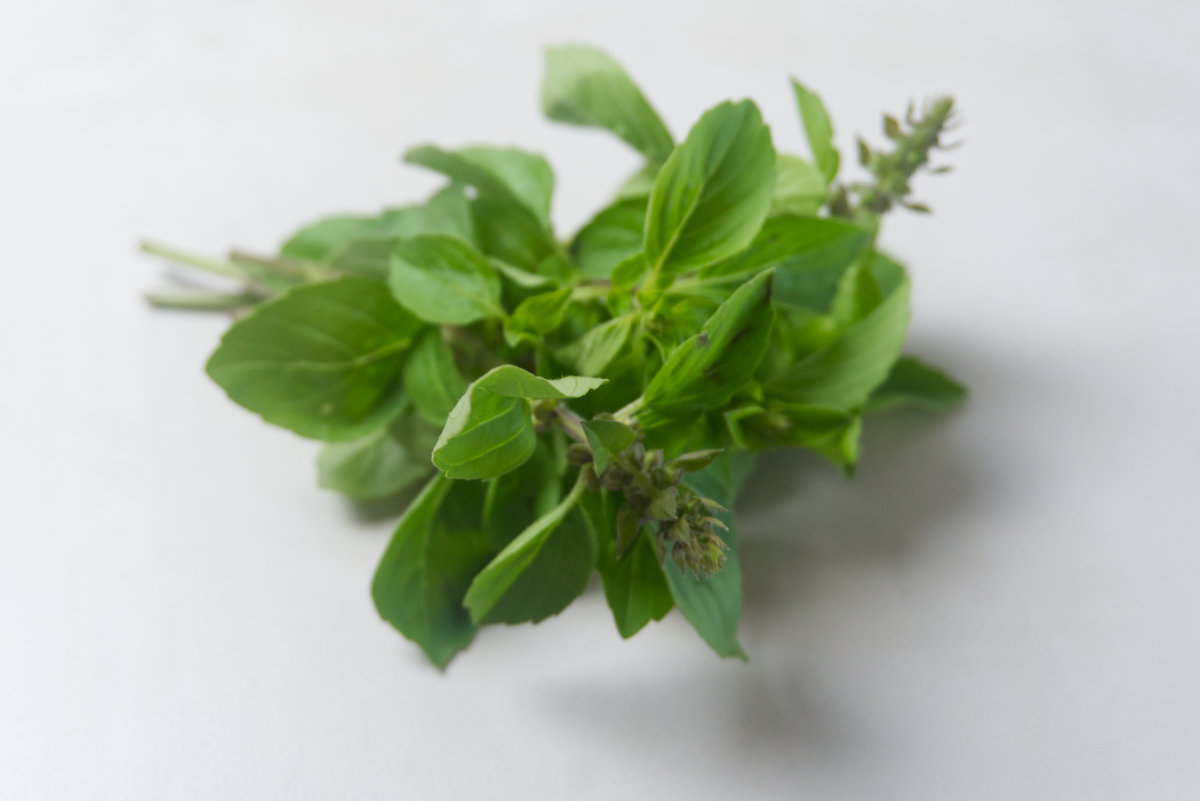
Here’s one that you probably didn’t think of as a herb for tea.
Basil is very nutrient-dense – in fact just one tablespoon of Basil gives the body nearly half its daily vitamin K.
Basil has a strong and fragrant flavour, known as a herbal antibiotic, antiseptic and anti-inflammatory.
In fact, Basil may provide an alternative to antibiotics for infectious diseases, including combating certain antibiotic-resistant strains of bacteria.
To make Basil tea, use 3-4 leaves per cup. Or try making a refreshing basil lemonade.
Olive Leaf
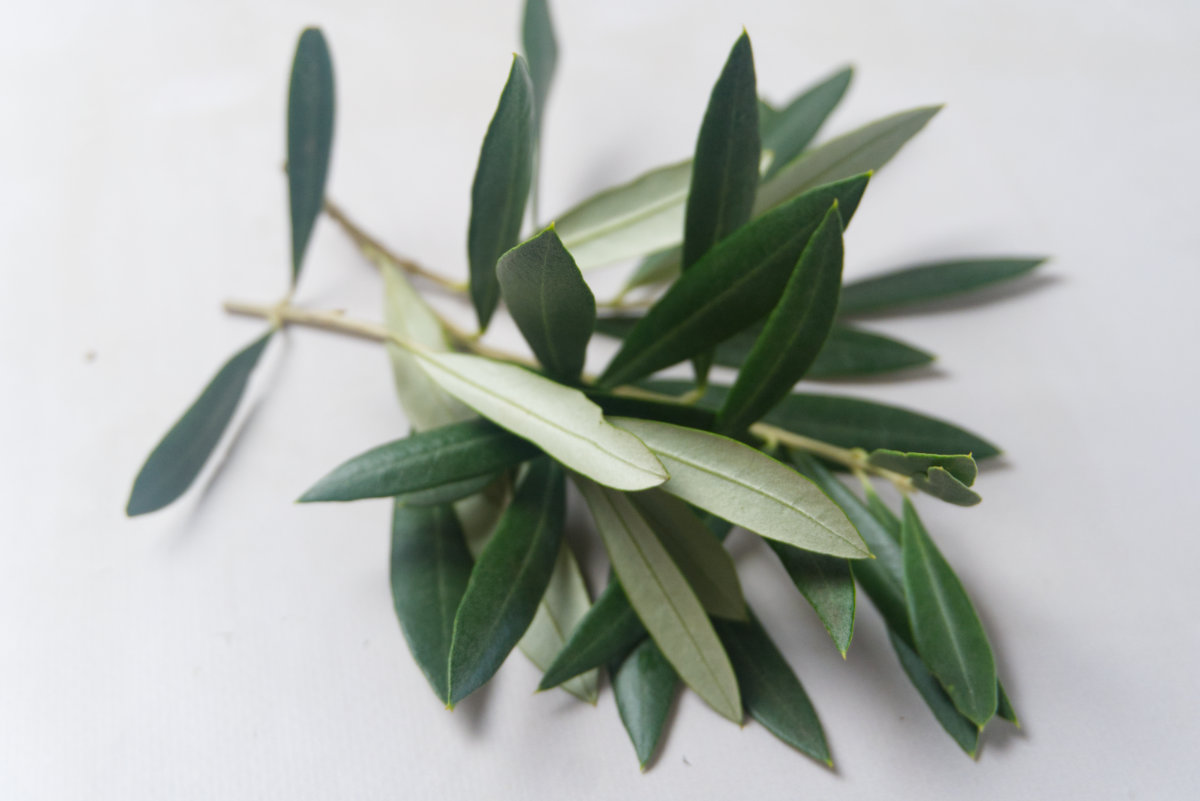
Olive leaf tea is excellent for the lymphatic, cardiovascular and immune systems due to its main compound called oleuropein.
Olive leaf has been shown to reduce high blood pressure and high cholesterol levels, as well as potentially lowering high blood sugar levels.
Olive leaf is wonderful as an all-around tonic for the body.
Use one sprig with several leaves on it per teacup. I like to crush the leaves up with my hands before steeping in boiling water.
Allow the tea to sit for at least 10 minutes before drinking.
Lemon Grass
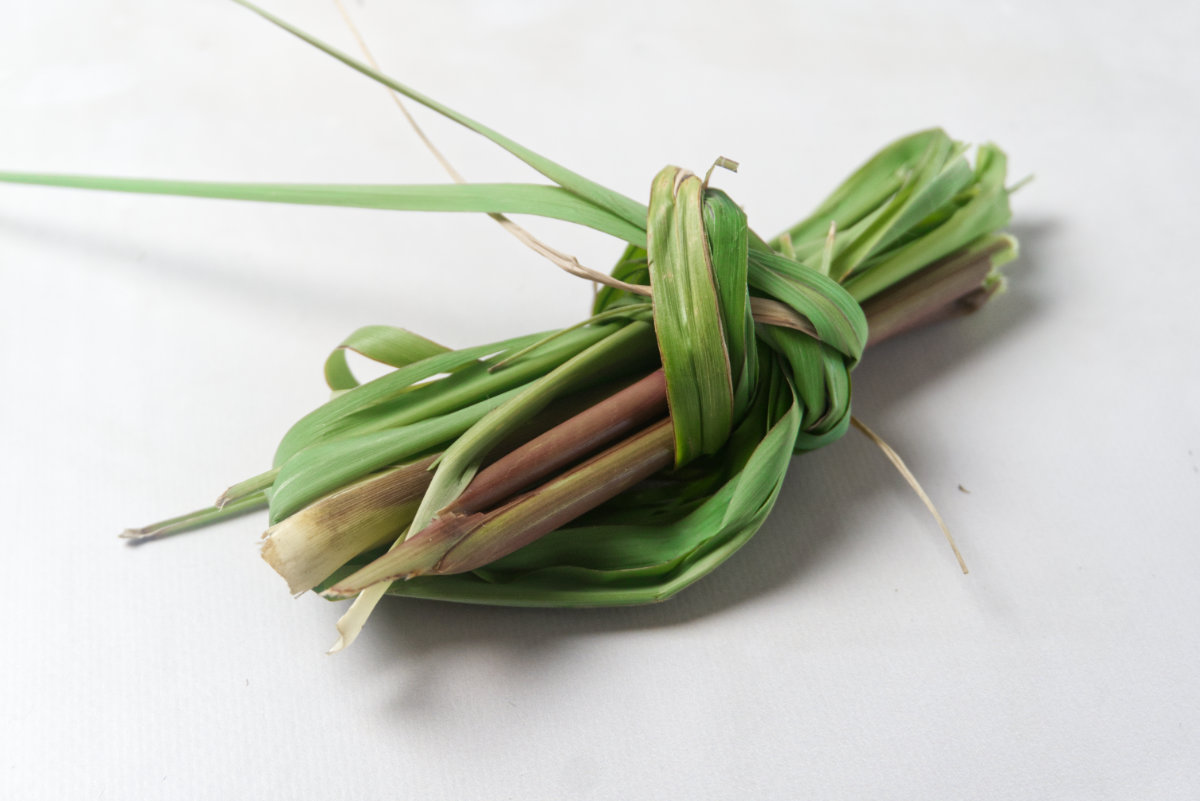
Refreshing and lemon-flavoured.
This tea fights free radicals as it is high in antioxidants as well as contains the compound citral which works as a natural anti-inflammatory.
Simply use one section of a stick per cup. If making a pot of lemongrass tea - use an entire stick that can be smashed at the base of the lemongrass stick and then broken into pieces, tying the leaves around it to hold it together.
Chocolate Mint
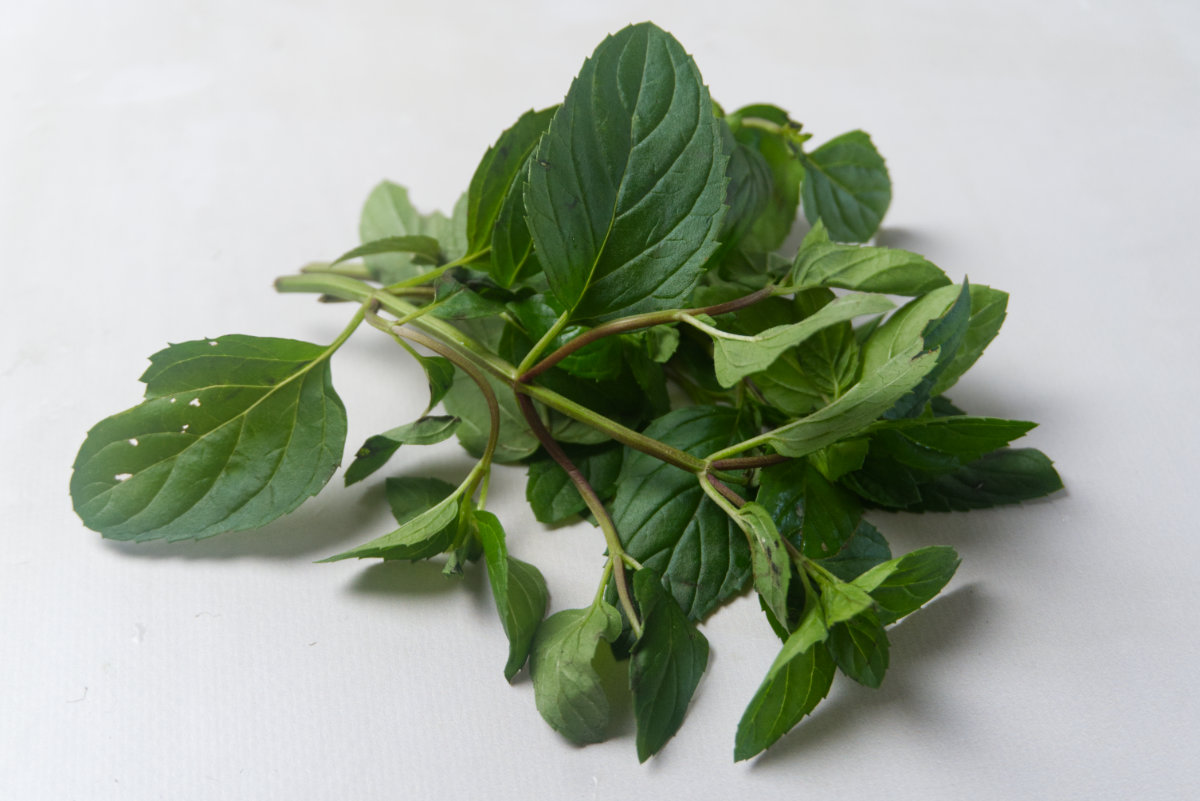
Another lovely herb in the same mint family is Chocolate mint – this has a strong aromatic flavour, which is similar to chocolate and spearmint although some people can’t detect the chocolate part.
This herb contains various vitamins, minerals and antioxidants and only requires a small sprig per cup.
Sage
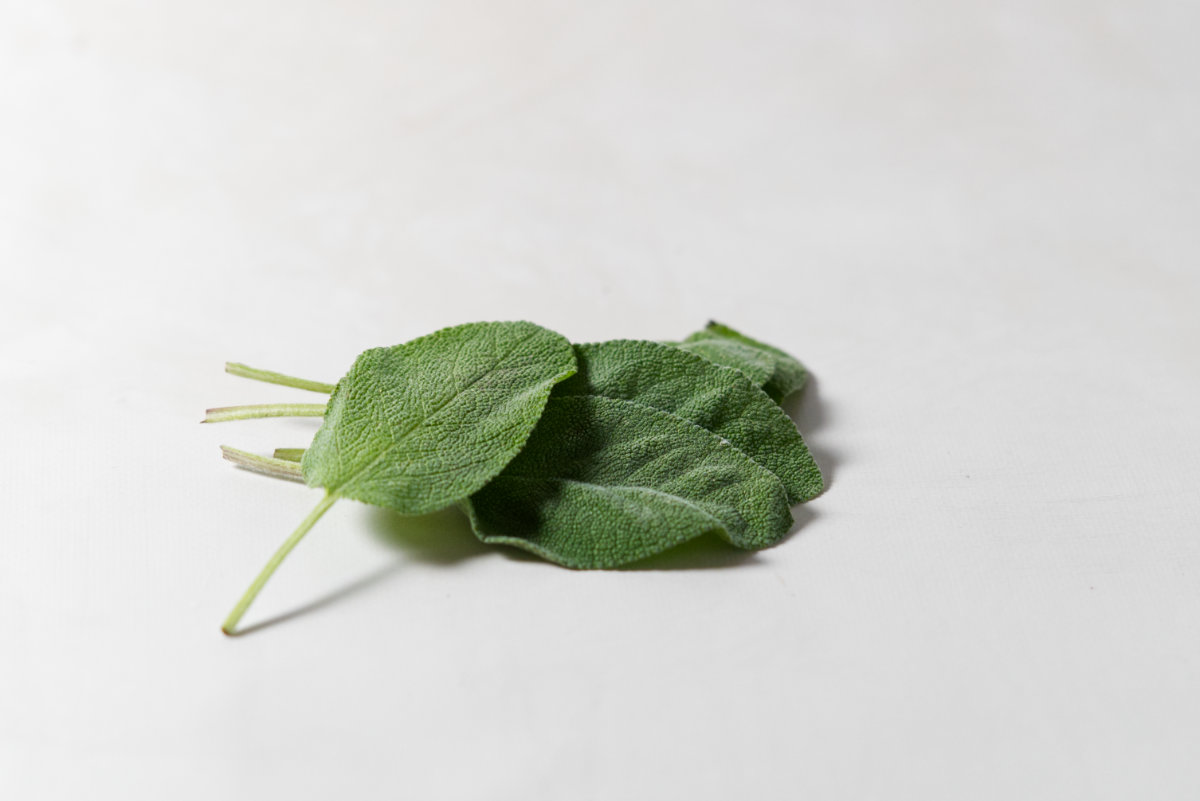
Vitamin and mineral rich Sage has quite a strong flavour and fragrance which is almost lavender-like, but more pungent due to its poly-phenols and essential oil compounds including ellagic, chlorogenic and rosmarinic acids that act as powerful antioxidants and antibacterials.
Sage is useful to gargle if you have a sore throat for example and can also be used as an antiseptic mouth wash.
A couple of leaves per cup is all that is required for an aromatic cup of Sage tea.
Rosemary
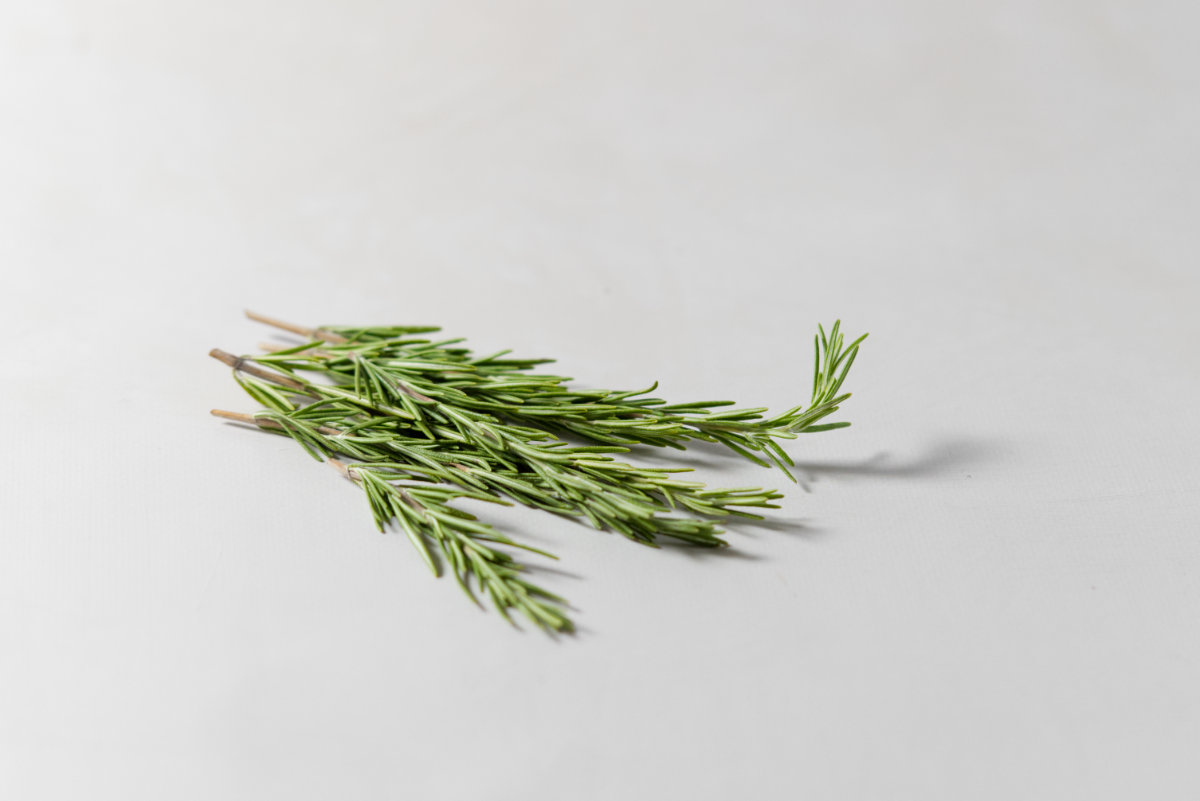
Another strongly flavoured herb, Rosemary is such a great all-rounder, it has been used for thousands of years as a food and medicine.
Rosemary tea boasts antidepressant, aphrodisiac, antiseptic, analgesic, antiviral, anti-inflammatory, and expectorant properties. Smelling the essential oil of Rosemary is said to enhance memory receptors in the brain also.
Use Rosemary leaves as per your taste buds in a cup of tea.
Oregano
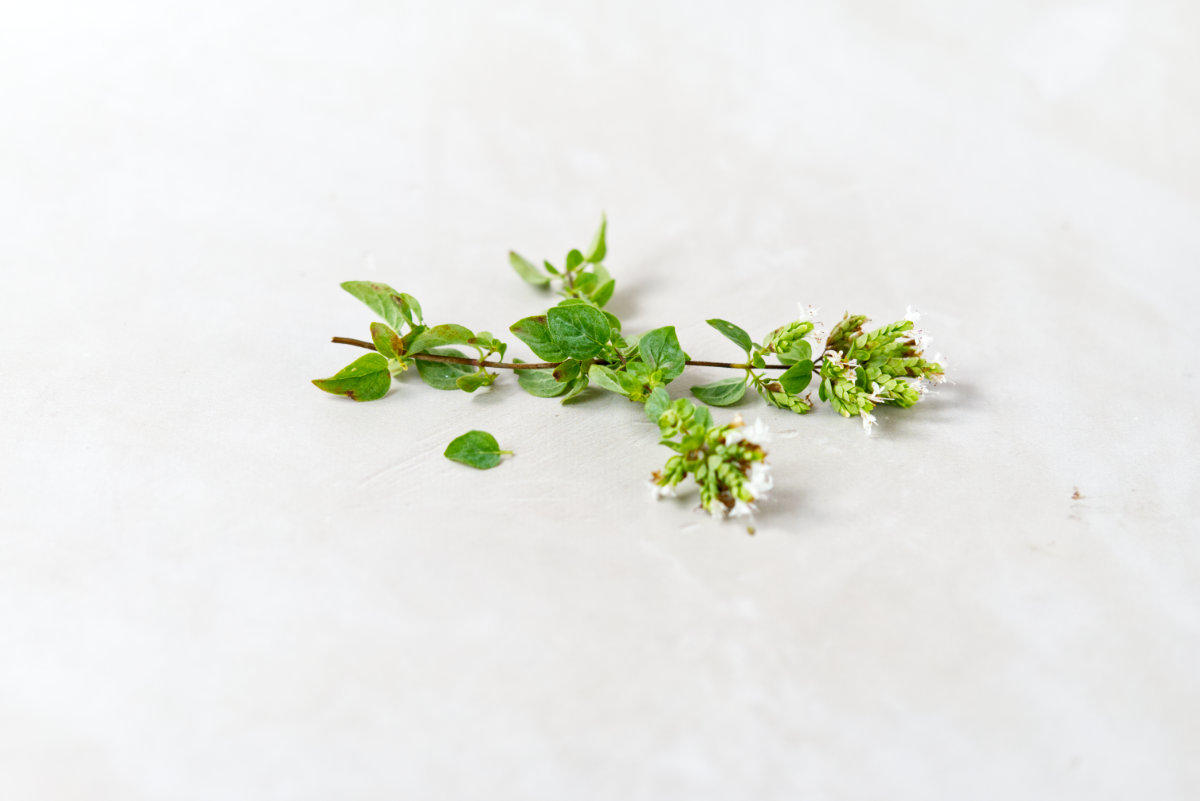
Oregano is a herb that is part of the mint family but has quite a strong flavour, so has been used medicinally and culinary since the time of our ancient ancestors.
Oregano has anti-fungal, antiseptic, antibacterial and anti-viral properties due to its rich volatile oil compounds including thymol (found in high quantities in Oregano’s relative Thyme).
Only a sprig or two is needed to make an immune boosting cuppa.
Love cooking with oregano? Make a versatile herb blend or make fresh oregano salad. Otherwise, check out this list of fresh oregano recipes.
Pro Tips
Next time you are feeling unwell, rather than reaching for a synthetic pill, try making your own immune boosting tea blend such as Olive leaf, Sage and Thyme, or drinking a calming, digestive Peppermint and Lemon balm tisane after your meals.
If you are uncertain of any herbs, always seek professional medical advice.
Always remember, the longer you steep your herbs in hot water, the stronger your tea will be as the medicinal compounds have had more time to be extracted.
The herbs listed above are caffeine free so can be safely drunk day or night, hot or cold.
Fresh herbs - only use herbs that are not browning and wilted. These will yield the best results and flavouring.
Some herbs are better when crushed with your hands such as lemon balm, tarragon, olive leaf, sage and rosemary. Crushing helps to release the oils within.
If desired, use natural sweeteners such as maple syrup, coconut sugar or agave syrup. You might also be interested in learning how to make ginger sugar which can be used with your tea.
Some herbs pair well with lemon, fresh ginger or turmeric - add slices as needed.
Boiled leaves do not stay green, they will turn brown.
If you have an excess of herbs, try making herb infused olive oils.
More Beverage Recipes
You may also like to know how to make kombucha or how to make a blend of juniper berry tea.
For a cold all-natural beverage try my homemade oat milk with cocoa powder.
Still, wanting coffee? Try this velvety foam coffee.

The above list of herbs for tea was written by Australia’s leading stress Specialist Natasha Zervaas.
Natasha is the Founder of the Green Secrets Holistic Health Clinic and School and is a degree qualified Naturopath and Health Coach specializing in Adrenal fatigue (stress and anxiety). Natasha is also the creator of Nourish – organic whole body tonic tea.
Which is your favorite from the above list of herbs for tea? Did you make yourself a herbal tea? I'd love to know! Leave me a comment below with a ★★★★★ rating or tag @plantbasedfolk on social media.
Recipe
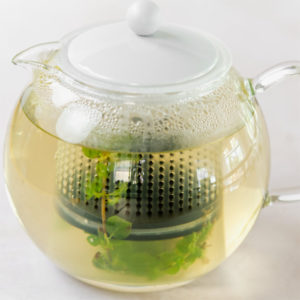
Fresh Herbal tea
Ingredients
- 2 tablespoon Fresh herb can be any herb with your preferred amount
- 1 cup Boiling water to fill a tea cup
- 1 teaspoon Maple Syrup or your preferred natural sweetener
Instructions
- Pick and wash fresh herbs, place into mug or pot2 tablespoon Fresh herb
- Pour boiling water and allow to steep for 5-10 minutes1 cup Boiling water
- Add desired sweetener, stir and enjoy.1 teaspoon Maple Syrup
Video
Notes
Nutrition
N.B., nutrition info is an estimate based on an online nutrition calculator. This will vary based on the specific ingredients you use.
If you enjoyed this recipe, consider supporting my work for the cost of a cup of coffee.

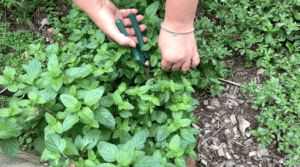
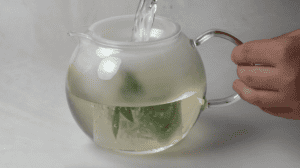
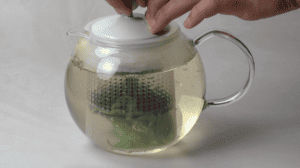




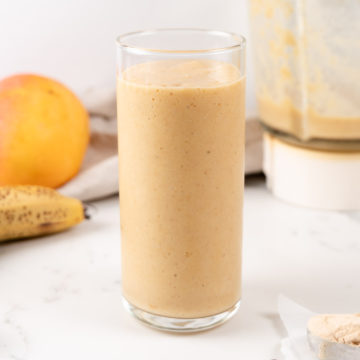
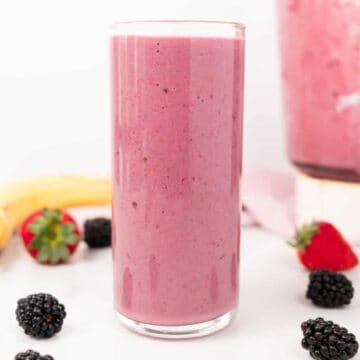
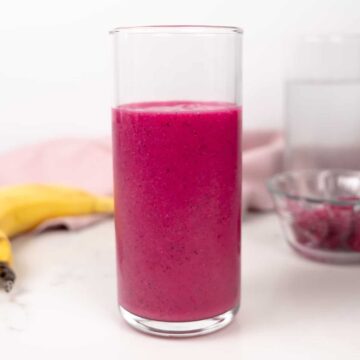
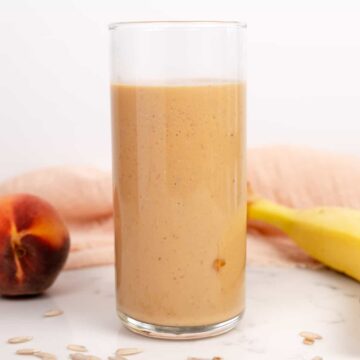
Angeline
Thank you very much for your useful and genuine information.
I grow many of these herbs and often enjoy herbal teas
I would like to know which herbs go well together in a tea (tisane).
Janelle Hama
Hi Angeline, I do love a good flavored tisane. I like it with either mint, sage, rosemary or thyme. But it comes down to personal preference. Have you tried any lately?
Ryan
This is an interesting article! I'm curious about where you learned about these health effects - could you link to some of your sources so I can learn more?
plantbasedfolk
Hi Ryan,
It's information I picked up over the years of drinking herbal tea.
Thanks for stopping by.
J
Jane
What about parsley? It’s bit of an acquired tea, but if you add maple syrup like how you do, it would be good too
I do like sage too
plantbasedfolk
My mother drinks parsley tea. I have done so sometimes too. I don't mind it.
Joe
I am new to making herbal teas. I have the encyclopedia of herbal medicine by Andrew Chevallier. It is astounding the benefits and direct treatments for specific ailments found in plants. The book is a comprehensive data base for over 500 herbs.
Janelle
That sounds like an amazing book, I will look into it! Thanks for the tip.